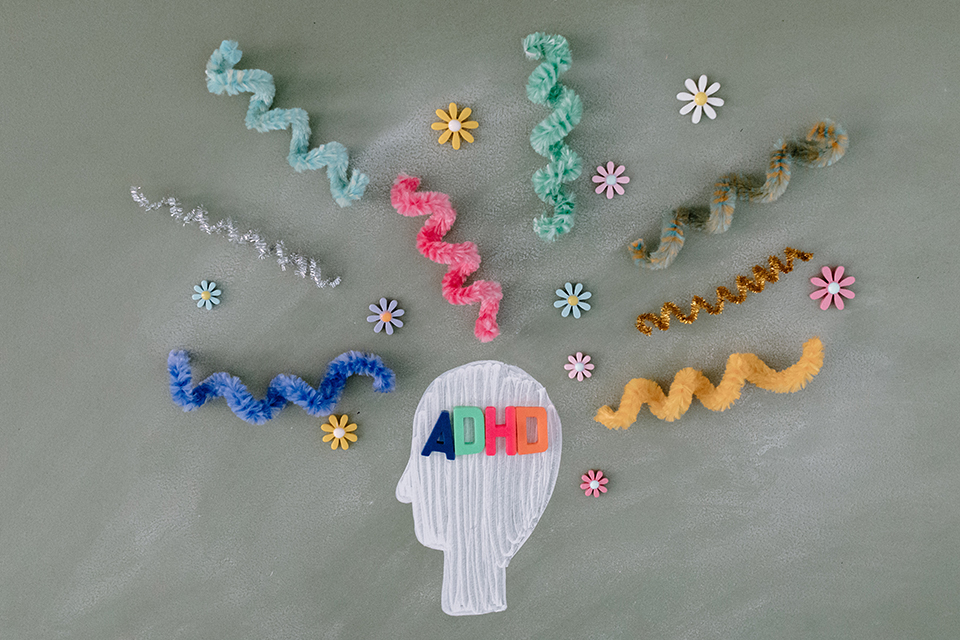
It seems as if ADHD is everywhere. We see it in children, teens, and adults. It’s a diagnosis that often affects behavior, leading to social problems, mood swings, and difficulty learning new skills. However, the vast majority of people with ADHD have one key difference-they have an overactive dopamine system. This means the reward circuit in their brain gets hit hard by dopamine chemicals in a way that other children don’t experience. The result is hyperactivity and impulsiveness out of proportion to the situation at hand. ADHD is the most studied and best-understood of all mental disorders. Because it has been thoroughly examined, it’s easier to understand the root cause of the disease-a chemical imbalance in the brain.
ADHD And Your Child
The way ADHD presents itself can vary from one person to another. However, certain commonalities are relatively typical for the disorder. The main problem with ADHD is hyperactivity and impulsiveness out of proportion to the situation at hand. If a child has trouble sitting still when he’s supposed to and staying focused when he’s supposed to do his homework, this is an example of this type of problem. ADHD is one of the most studied, best known, and best understood mental disorders. Here you’ll find everything you need to know about ADHD.
Difficulty following instructions, being easily distracted, and often on the move for no apparent reason. Children with ADHD daydream frequently and engage in many hallucinations that seem real to them. This behavior can be especially troubling for parents who often don’t know where their children are so they can get them to do what needs to be done. This can even impact them into adulthood or when they are employees with attention disorders. Lack of Executive Functioning Most people with ADHD has tremendous difficulty concentrating on tasks, following instructions, and staying focused.
Joon app, as a way for children to build better habits, is a tool that parents can use to help their children learn how to break bad habits and develop better ones. A child will feel less stressed, have better self-esteem, and negative emotions will also be reduced. It is an excellent way for children to build organizational skills to manage their time better. Children will learn how to set goals for themselves and achieve them successfully.
The app helps parents establish positive routines and change how they interact with their children. It can help parents gain control of their home environment because it builds a specific routine that everybody in the house understands and follows. A habit tracker is part of the app so kids can see how they are doing weekly. It helps children learn how to overcome their ADHD and what is causing their behavior.
Chemical Imbalances In The Brain
ADHD is the most studied and best-understood of all mental disorders. Because it has been thoroughly examined, it’s easier to understand the root cause of the disorder-a chemical imbalance in the brain.
The key to understanding ADHD is that children with this disorder have a chemical imbalance in their brains that leads to behavior out of proportion to situations. This means there can be an overreaction and difficulty controlling impulses. For example, a child may feel overwhelmed by his actions or guilt after acting impulsively – he may lose control for no apparent reason. If a child feels this way more often than not, it might be
ADHD.Dopamine and ADHD
When a child has ADHD, his dopamine and norepinephrine systems may be too active. This means the reward circuit in his brain gets hit hard by dopamine chemicals in a way that other children don’t experience. The result is hyperactivity and impulsiveness out of proportion to the situation at hand.
Understanding ADHD’s Impact On Your Child
To understand exactly what ADHD is, it’s essential to understand the underlying biological factors involved in this disorder first. What causes ADHD? We know that there are chemical imbalances that take place within the brain. Everyone with an overactive dopamine system may have some signs of ADHD. Those who have more extreme symptoms are diagnosed with ADHD itself. Patients with ADHD have a chemical imbalance in their brains that leads to overactive levels of dopamine and norepinephrine. These two essential chemicals are called neurotransmitters. Dopamine and norepinephrine are highly involved in controlling the nervous system, mood, motivation, attention span, and movement. Adderall is typically prescribed to help control symptoms.
When a person has an active dopamine system, his brain releases more dopamine chemicals than usual. In essence, he “rewards” himself for doing something enjoyable or fulfilling. This causes him to have a lot of energy when it comes to watching TV, playing video games, or surfing the Internet all day.
Interesting Related Article: “What is it like to work with an employee with ADHD?“

